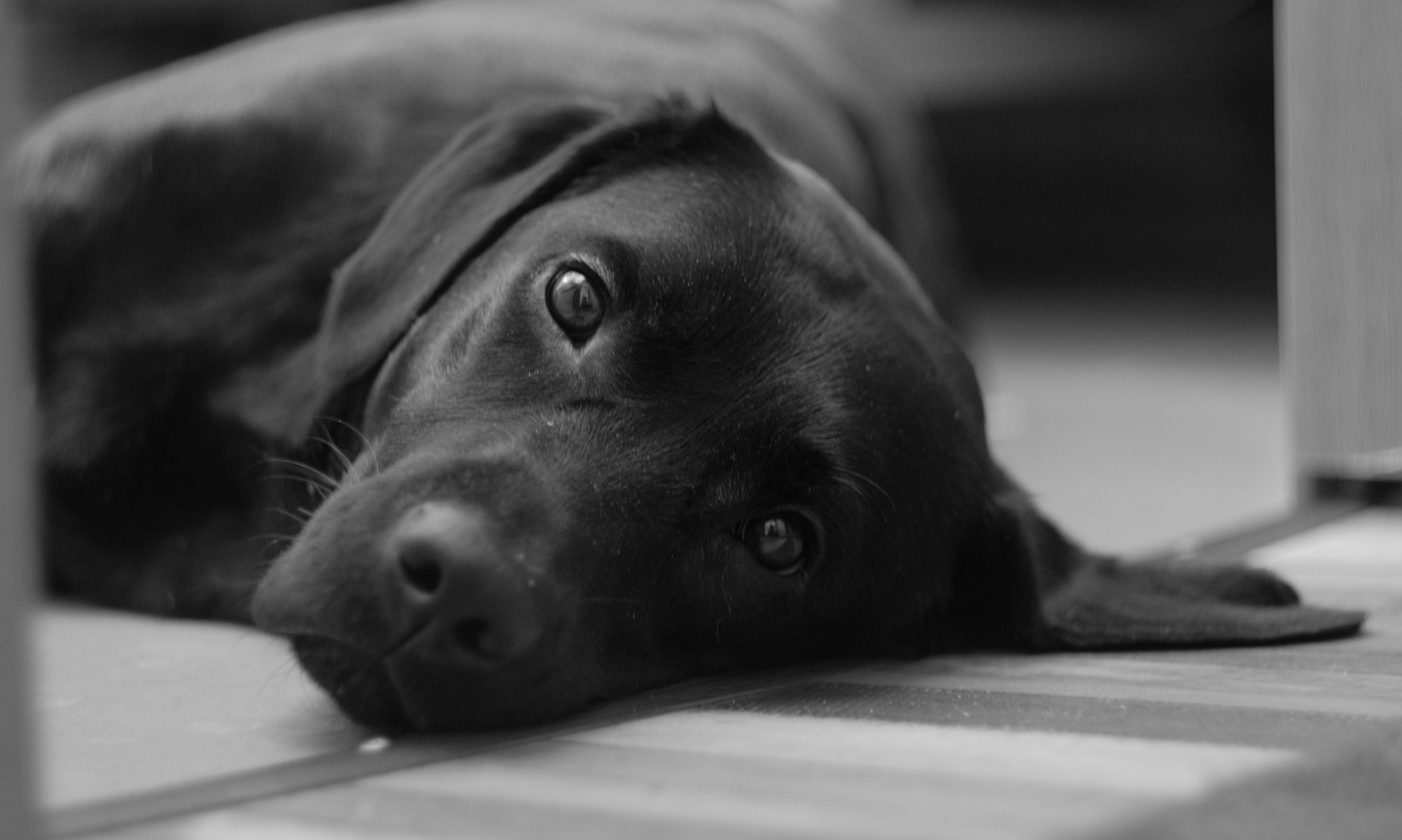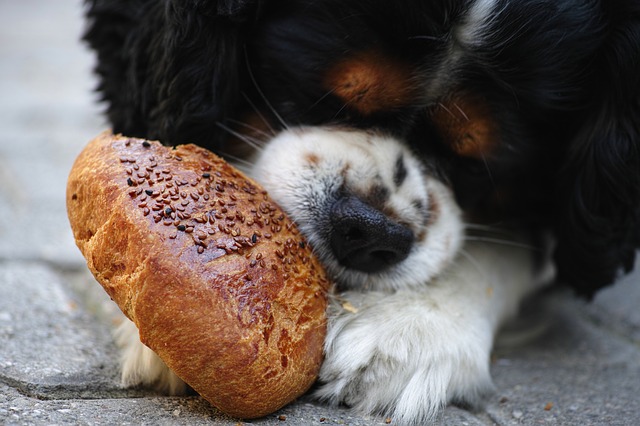It’s first thing in the morning and the dog wants to go out right NOW, the cats are standing by their litter box waiting for some fresh kitty litter, and your toddler is demanding a trip to the park to feed the ducks. While none of these activities may sound like a major threat to the environment, animal waste is one of the many little sources of pollution that can add up to big problems for water quality and may cause human health problems as well. While most people connect animal waste problems to agriculture, studies have shown that pets, waterfowl and other urban wildlife waste can cause significant water pollution problems. Animal waste contains several types of pollutants that contribute to water quality problems: nutrients, pathogens and a naturally toxic material, ammonia. When animal waste ends up in a lake or stream it decomposes, using up oxygen and releasing its pollutant load.
Dog Begging at Dinner Time
Does your puppy or dog Beg, Borrow or Steal from your dinner table? Turn the tables on him! You can turn begging, “borrowing” or stealing from the dinner table into an asset by following this simple plan.
So many times we see behavior we don’t like and think “how can I stop that?” We do ourselves a great disservice because then our focus is on ‘stopping’ the behavior we don’t want rather than training the behavior we DO want.
Why do dogs beg or steal from the dinner table? Quite simply, they want food.
Some dogs are particularly brazen (and agile) and will attempt to steal food directly from the table. This is usually met with some sort of reprimand, but if your dog has ever been successful in his raid then the pattern is set. If you leave your plate unattended (except by your vigilant dog), then don’t be too surprised to find half your dinner missing when you return.
It has nothing to do with dominance. It has just become reinforced behavior.


